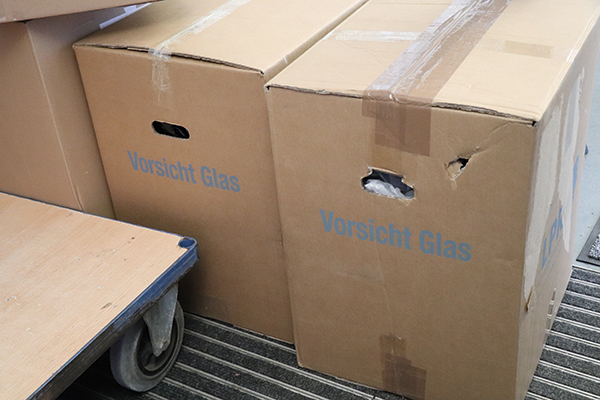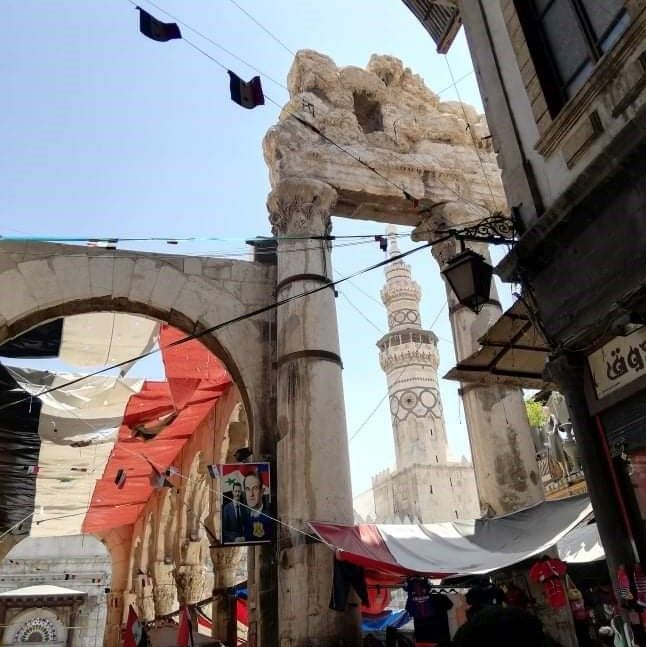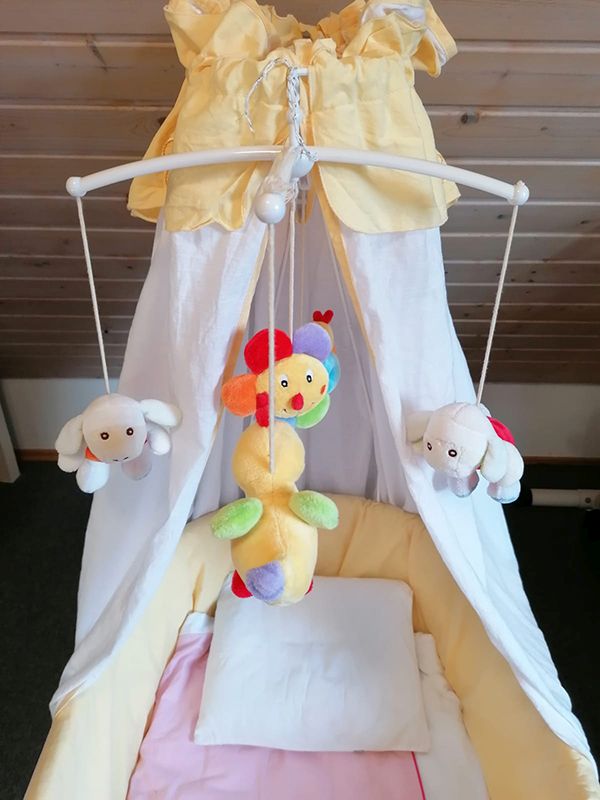By Stefan Krmnicek
At the beginning of the year, tünews INTERNATIONAL introduced a coin of King Antiochos VIII and his mother Cleopatra Thea from Syria: A 2000-year-old coin from Damascus tells a story. Today, an interesting coin from Damascus during the Roman imperial period is to be presented. Both are from the Institute of Classical Archeology’s coin collection at the University of Tübingen.
This piece is a 9.05 grams heavy bronze coin, with a diameter of 24 millimeters. Its surface has been badly damaged by corrosion. Because of this, not all details are clearly visible. However, with our knowledge of antique numismatics, meaning the science of Greek and Roman coins, we can describe the picture on the coin precisely and tell an interesting story about it:

The “heads” side (also called the obverse) shows a bust in its profile, which is pointed to the left. The person is wearing a laurel wreath on its head. The branch, which is woven around the head, and two dangling ribbons behind the neck can be seen easily. A wrinkled cloak can be recognized at the shoulders. This cloak is thrown over a cuirass in an artsy manner. The letters, which run alongside the portrait, are hard to decipher, however, they can be completed to the legend IMP C M IVL PHILIPPVS P F AVG. Because of this, we know that the pictured person is the Roman emperor Marcus Iulius Philippus, who ruled from 244-249 A.D., and that the coin was struck during his reign.
The other side shows the letters COL DAMA METRO. Therefore, the coin comes from the City of Damascus, which was called “Colonia Damascus Metropolis” in Latin during Roman times. We can recognize an adult ram here, which is due to the little tail and the spiral horns on the head of the animal. The ram was the symbol of Damascus’ mint. The silver coins of Alexander the Great (around 330 B.C.) already showed a ram as label for the local mint in Damascus.

Why is this coin so special? It is a unique source of local Syrian history. The Roman emperor Marcus Iulius Philippus was a native of Schahba, which is roughly 80 kilometers to the south of Damascus. Because of his local ancestry in an Arab family, the emperor is often call “Philippus Arabs” – meaning “Philippus the Arab” – in research. It is remarkable that he managed a successful career in the Roman army and the social climb from professional soldier to emperor, even though he came from a modest background. His older brother was successful as well and rose into the highest administrative offices. Therefore, the brothers are a perfect example of successful integration 2000 years ago. Philippus reigned amidst a time of many instabilities, during which the Roman Empire faced many crises. Altogether, he only managed to stay in power for about five years. Nevertheless, his name is inextricable with one of the most important moments in Rome’s history: From April 21st to 23rd, 248 A.D., Philippus Arabs in his role as ruling Roman emperor hosted a celebration for the 1000-year anniversary of Rome, which lasted several days. Ancient sources report that during the celebration, there were spectacular games in the Coliseum’s arena in Rome – with countless gladiators (professional fighters in public games) and wild animals such as hippos, leopards, lions, and giraffes.
If you are interested in more exciting stories such as this, you can view more antique coins from Syria, Iraq and Afghanistan in the museum of ancient cultures at the University of Tübingen on the castle Hohentübingen. The presented coin can also be viewed virtually for free during corona times and closed museums or for those interested who don’t live in Tübingen under
https://www.ikmk.uni-tuebingen.de/object?id=ID3192. This is the digital coin case of the Institute of Classical Archaeology.
tun21032402
Rückseite einer Bronzemünze aus Damaskus unter Philippus Arabs, Tüb. Inv. Slg. Müller 1202. Foto: Stefan Krmnicek, Universität Tübingen.



